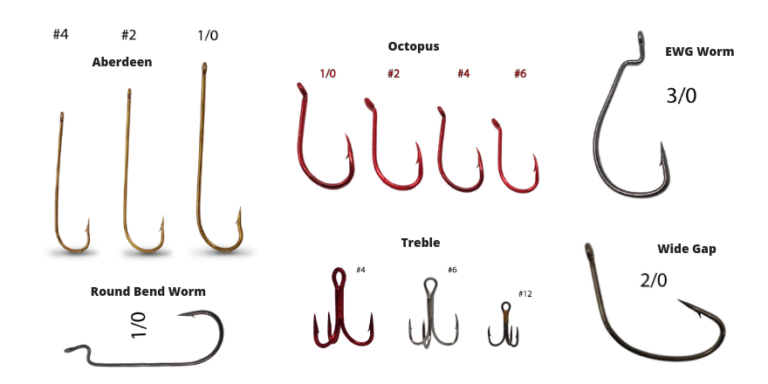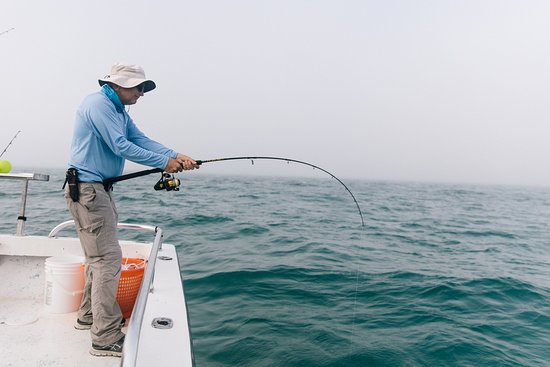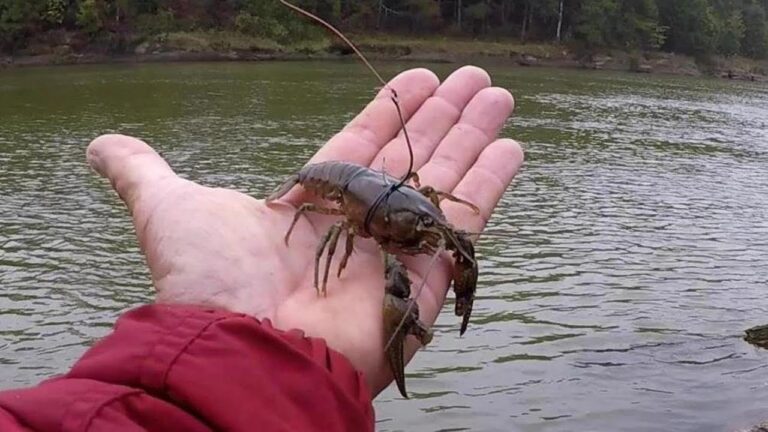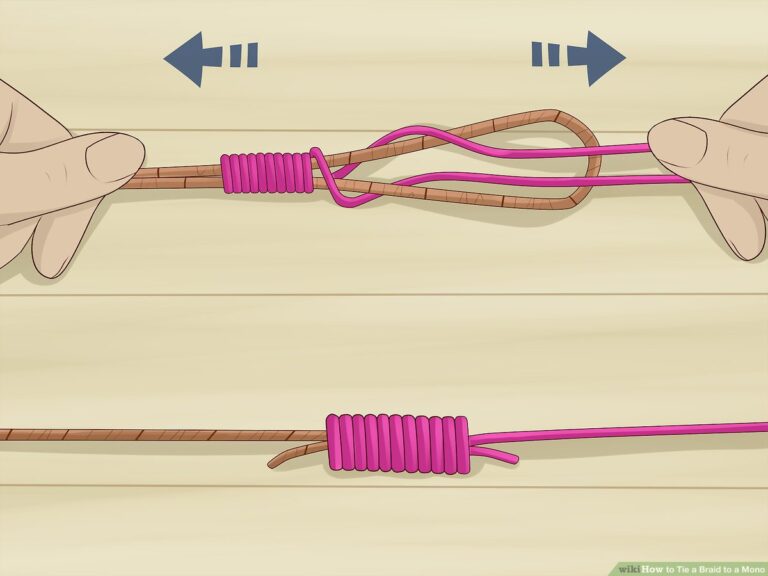How to Tie a Bullet Weight on a Fishing Line
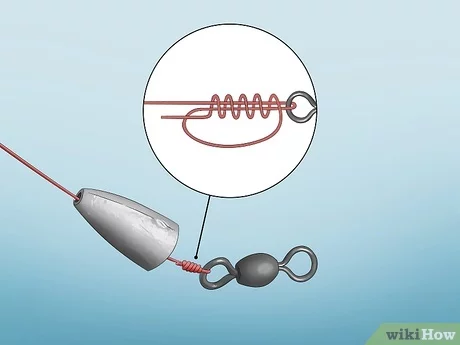
To tie a bullet weight onto a fishing line, first thread the line through the weight’s center hole and then secure it in place using a clinch or stopper knot. Slide the bullet weight onto the line before tying your hook at the end.
Tying a bullet weight on a fishing line can significantly enhance your fishing strategy, especially when angling for bass or other bottom-dwelling fish. Bullet weights, common among enthusiasts who employ the Texas rig, allow for a smoother cast and help the bait to sink to the desired depth while maintaining a natural presentation.
Mastering this simple yet effective technique can make a difference between a successful fishing trip and an unproductive one. To get it right, select a weight suitable for the conditions and the species you’re targeting. The correct installation of a bullet weight improves casting accuracy and reduces the likelihood of snags, which is vital for enjoyable and effective fishing.

Credit: www.wikihow.com
Introduction To Bullet Weights
Bullet weights are key for successful fishing. They help your bait sink into the water. By doing so, fish can find your bait easily.
Fishers use different shapes and sizes of bullet weights. Each type has its unique purpose. A right bullet weight can make a big difference in catching fish.
| Weight Size | Water Type | Common Use |
|---|---|---|
| 1/16 oz | Shallow | Panfishing |
| 1/8 oz | Freshwater | Bass Fishing |
| 1/4 oz | Deep Water | Offshore Fishing |
Remember, a larger weight is for deeper water. A smaller one works better in shallow areas. Choose wisely for a great fishing experience!
Tools And Materials Needed
Selecting the right fishing line depends on your target fish. Braided lines offer strength and no stretch. Monofilament lines are budget-friendly and stretch under tension. Fluorocarbon lines are almost invisible underwater, making them perfect for clear waters. Break your selection down with the fish in mind.
The choice of a bullet weight is crucial to success. Heavier weights sink faster, aiding in deep water fishing. Lighter options provide a more natural presentation in shallow water. Consider the environment and prey behavior.
You’ll need a pair of scissors or a knife. Scissors should be sharp for clean cuts. A needle nose pliers can help with difficult knots. Keep these tools handy for a seamless setup.
Preparing The Fishing Line
To prepare your fishing line, first make sure you have the correct length. Use sharp scissors or a knife to cut the line. This ensures a smooth line for tying the weight. Next, check the line for any signs of damage. Look for frays or weaknesses that may cause the line to snap. It is crucial to have a strong, undamaged line for successful fishing. A weak line can break, causing you to lose your weight and bait.
Step-by-step Guide To Tying A Bullet Weight
Start by taking the fishing line in your hand. Gently feed it through the bullet weight’s narrow end leading out the wide end. This step ensures that your weight slides on smoothly. It’s important to make sure it moves freely along the line.
Next, tie your preferred knot right below the bullet weight. An effective and popular choice is the clinch knot. Pull it tight to secure the weight in place, limiting movement. The weight should sit snugly, without sliding up or down the line.
Finally, grab your scissors and neatly snip the excess line close to the knot. Leave just a small tag end to prevent the knot from unraveling. This gives your setup a clean, professional look and reduces the risk of tangling.
Common Mistakes To Avoid
Tying a bullet weight to a fishing line needs care. One big error is knots pulled too tight. This weakens the line, possibly causing breaks. Use just enough pressure to secure the weight.
Picking the wrong weight size can spoil your fishing trip. Heavy weights sink baits too fast, scaring fish. Light ones might not reach deep waters. Always match the weight to your fishing needs.
Line inspection is crucial before attaching a bullet weight. Tiny nicks or frays in your line can snap when you cast. Regularly check your line for damage, especially after catching a fish. This helps avoid losing your catch.
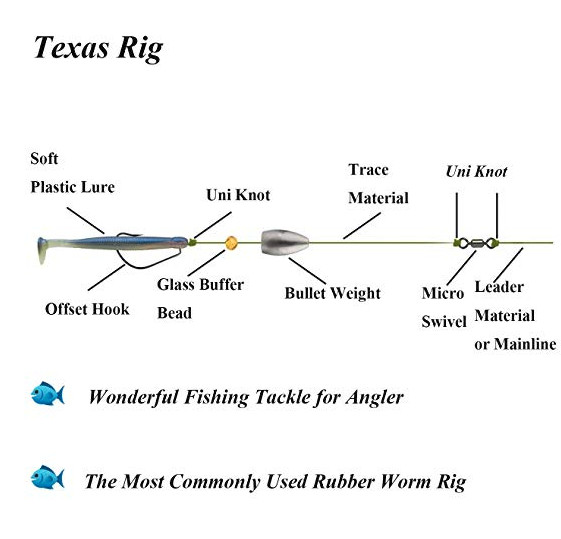
Credit: rustyangler.com
Advanced Techniques
Understanding the power of water currents is essential for securing a bullet weight on a fishing line. A strong current requires a heavier weight, anchoring the bait in place. Lighter weights suffice in gentle flows, allowing for a more natural presentation.
Integrating bullet weights with other rigs, like the Carolina or Texas rig, enhances their effectiveness. This technique provides bottom contact while minimizing snags. Aim for seamless integration, maintaining the rig’s mobility and sensitivity.
| Bait Size | Weight | Current Speed |
| Small/Medium | 1/8 – 1/4 oz | Slow/Moderate |
| Large | 3/8 – 1/2 oz | Fast |
Perfect weight and bait balance is crucial. It ensures the most natural presentation and effective lure action. Adjusting weight according to bait size and current speed increases chances of a catch.
Maintenance Tips
Proper storage of bullet weights ensures their longevity. Keep these items dry and sorted in tackle boxes. This prevents rust and tangles that can harm your fishing line. Following storage, routine inspection is vital. Look for notches, scratches, or irregular shapes. These imperfections can weaken the line or cause it to snag. Always replace damaged weights.
Cleaning your fishing equipment should be a regular practice. Use fresh water to rinse bullet weights, especially after use in saltwater. Salt can corrode metal, leading to premature wear. For stubborn grime, a mild detergent helps. Ensure everything is completely dry before stowing away. This simple care routine will keep your gear in top condition.

Credit: m.youtube.com
Frequently Asked Questions On How To Tie A Bullet Weight On A Fishing Line
How Do You Attach A Bullet Weight To Fishing?
Thread the fishing line through the pointed end of the bullet weight. Let the weight slide freely to your desired position or secure it with a bobber stopper for fixed placement. Trim excess line if necessary.
How Do You Tie A Weight On A Fishing Line?
Select your fishing weight and thread it onto your line. Secure it by tying an overhand knot directly above the weight. Trim any excess line from the knot. Ensure the knot is tight to prevent the weight from sliding.
How Do You Pin A Bullet Weight?
Thread a bullet weight onto your fishing line with the pointed end facing the rod. Secure it above the hook using a weight peg or by tying a stopper knot.
Why Do You Peg A Bullet Weight?
Pegging a bullet weight prevents it from sliding on the line, enhancing bait presentation and sensitivity to fish bites. This technique improves lure action and control during casting and retrieval in bass fishing.
Conclusion
Securing a bullet weight correctly is crucial for any successful fishing trip. By mastering this skill, you improve your chances of a good catch. Remember, consistency and practice lead to perfection. So grab your line, attach that weight with confidence, and enjoy the thrill of fishing! Happy angling!
